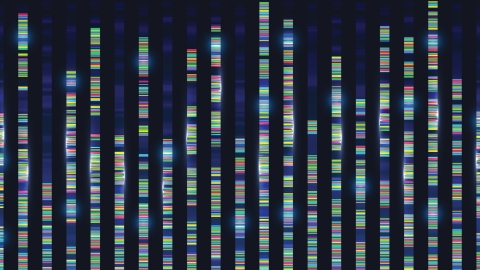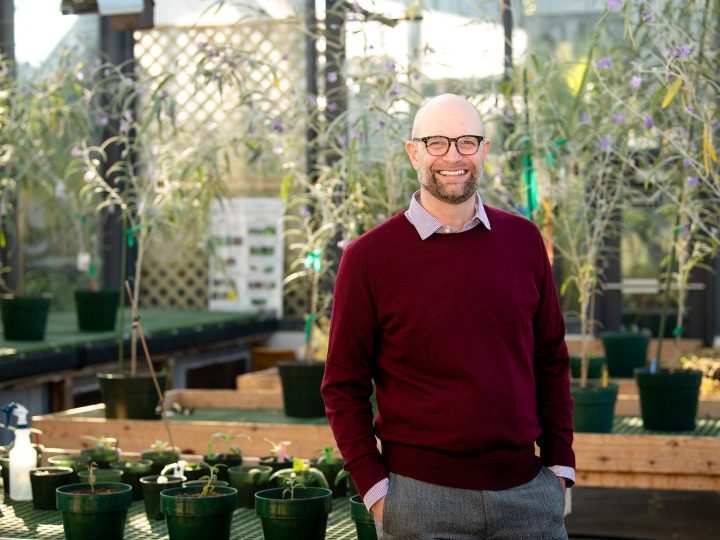
Cool Classes: The Hidden Secrets of Genomes
June 9, 2020
What class?
BIOL 113: The Hidden Secrets of Genomes
Who teaches it?
Professor Leocadia Paliulis, biology
Why is it cool?
A genome is a complete instruction manual for making an organism. The molecules that store that information — DNA and RNA — are fascinating, and they hold new secrets just waiting to be uncovered. This course teaches Bucknell students to follow their curiosity as we shine a light on some of those secrets.
This course begins at a very strange time: during the COVID-19 pandemic. Students want very badly to understand the complex biological threat of the virus that causes COVID-19. In designing this course, I felt that it was important that students come out understanding more about genomics (the study of genomes) and about the virus that has affected their lives so profoundly, so I made sure to incorporate study of the SARS-CoV-2 virus' genome in the course this summer.
Due to that pandemic, this course is being offered this summer as a remote lab science course. This presents unique challenges, as wet labs that require use of expensive equipment and presence in a teaching laboratory are not possible in this format. In a remote environment, students must work with what they have. In part of the lab for this class, students viewed their own DNA without a microscope, using kitchen materials they had at home in an experiment that was very enlightening as well as quite fun.
Students gargled with salt water and spit into a glass, shedding cells from which they could isolate their DNA. Next, they used dish soap and alcohol to extract the DNA from the shed cells. The result — strings and clumps in the glass — meant students were seeing their DNA (actually thousands of DNA molecules grouped together) with their naked eye.
Other labs for the class are either simulations of what would be done in the lab, where students control the different parameters, or computational labs. Exposure to computational labs is really important for giving students an understanding of the quantity of data present in the genome.
In the lab, students examine the genomes of the virus that causes COVID-19, other coronaviruses and other viruses. Students learn about bacterial genomes and animal genomes, focusing on topics like antibiotic resistance and cancer. Students end the course doing independent research, studying a previously unstudied gene in a fruit fly genome.
A complete understanding of genomes is critical to understanding life. I help my students to appreciate what is hidden in the genomes of the different organisms they encounter in their daily lives. This will help them think critically about how biology affects every aspect of their lives. — Leocadia Paliulis

